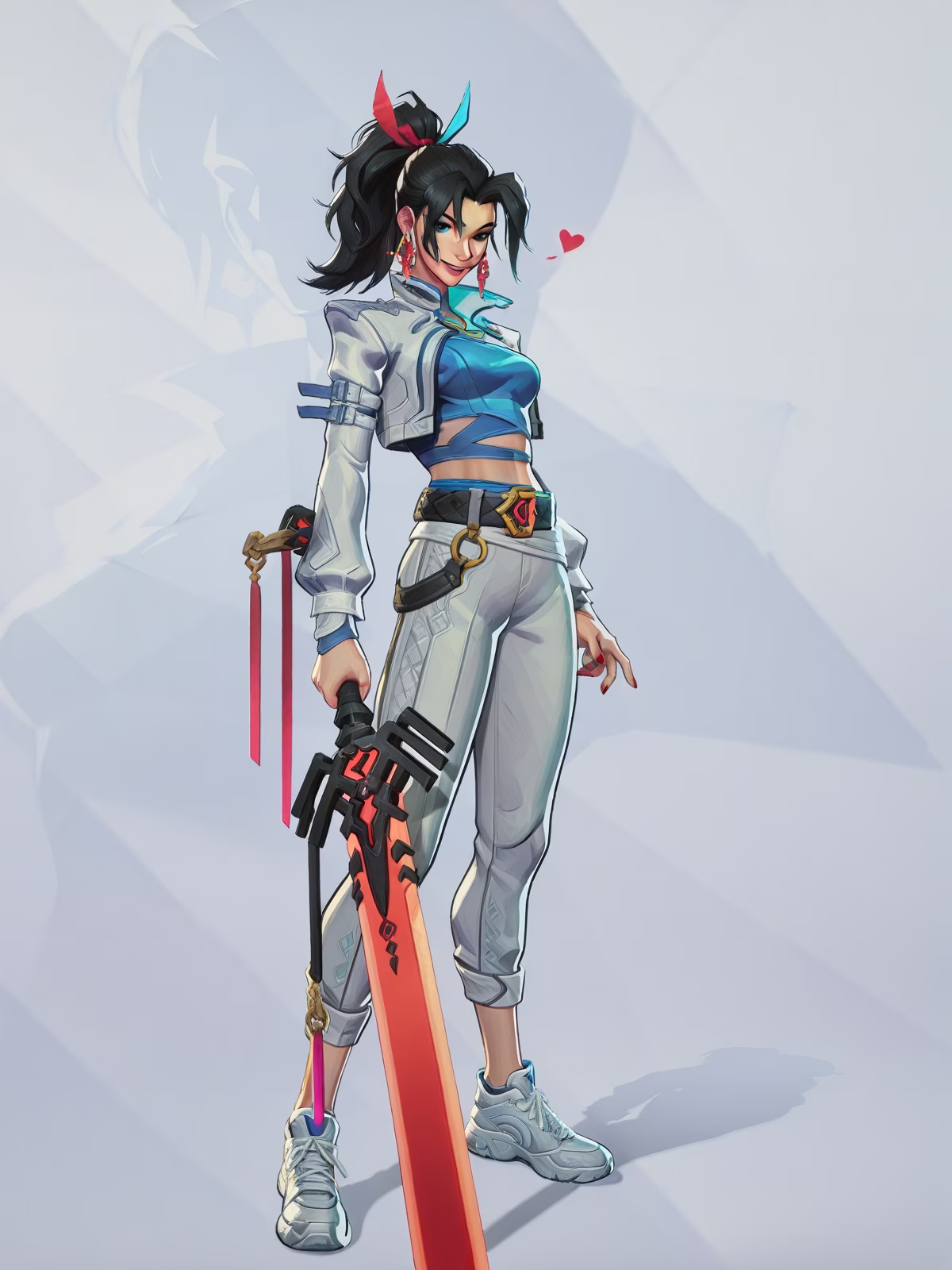The gaming landscape of Marvel Rivals continues to evolve with breathtaking speed, leaving players constantly adapting to fresh mechanics and hero combinations. As Season 2.5 rolls out across servers worldwide, the development team has once again shaken up the meta with significant changes to the Team-Up system—that beloved mechanic that allows heroes to combine their powers in unexpected and often devastating ways.
The Great Team-Up Shuffle
Gone are the days when Spider-Man could harness Venom's symbiote, or when Rocket Raccoon's Ammo Overload device gave Punisher unlimited firing potential. These familiar combinations that players had built strategies around have vanished like Thanos' victims after the snap. The development team seems determined to keep the gameplay fresh, even if it means some players will need to completely rethink their approach.
"They just keep moving the cheese," muttered one top-ranked player during a recent tournament stream. "Just when you master a combo, they yank it away."

The list of removed Team-Ups reads like a who's who of fan favorites. Thor can no longer infuse Thorforce into Storm and Captain America. Wolverine's iconic fastball special with Hulk and The Thing? Gone. Even the Fantastic Four's synergies have been adjusted, with cooldowns increased from 20 to 25 seconds—a small change that pro players insist makes a world of difference in high-stakes matches.
Fresh Combinations Emerge
But it's not all doom and gloom in the Marvel multiverse. Season 2.5 has introduced several intriguing new Team-Up combinations that are already reshaping competitive play.
Iron Man's nanotechnology now upgrades Ultron's arsenal, transforming his Encephalo-Ray into the devastating Nano-Ray that pierces through all characters. This ability not only deals massive damage to enemies but simultaneously restores health to allies—a combination that has quickly become meta-defining in team compositions.
Meanwhile, Venom has found a new partner in Jeff the Land Shark. Their symbiote-sharing Team-Up allows Jeff to extend healing tendrils to nearby allies, creating a mobile healing station that can turn the tide of battle. The excess healing converting to Bonus Health has made this combo particularly popular in endurance-focused team compositions.
Balance Changes: The Devil in the Details
The development team hasn't just added and removed Team-Ups—they've also tweaked existing ones in ways that significantly impact their effectiveness:
-
Atlas Bond's damage boost reduced from 15% to 10%
-
Mental Projection damage from illusions dropped from 30% to 20%
-
Gamma Charge renamed to Gamma Monstro with increased cooldown
These seemingly small adjustments have rippled through the competitive scene, with several pro teams abandoning previously dominant strategies.
The Meta Aftermath
Three months into Season 2.5, the competitive landscape has settled into new patterns. Teams built around Iron Man and Ultron's synergy dominate the offensive meta, while defensive compositions frequently feature Jeff the Land Shark's healing capabilities.
The professional scene has adapted remarkably quickly, though not without some grumbling. During the recent World Championship qualifiers in Seoul, several veteran players expressed frustration at the pace of change.
"Look, I get that they need to keep things fresh," said three-time champion LightningStrike23, "but sometimes it feels like we're playing a completely different game every season. Just when you think you've mastered something... poof! It's gone or nerfed into oblivion."
The Development Philosophy
The Marvel Rivals development team maintains that these regular overhauls are essential to the game's longevity. In a recent developer livestream, Lead Game Designer Marcus Chen explained their approach:
"We're creating an evolving universe where players constantly discover new synergies and strategies. If we left everything static, the meta would become stale within months. These changes keep even our most dedicated players engaged in the discovery process.